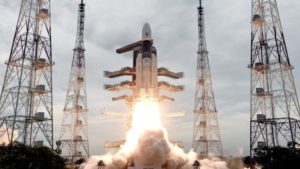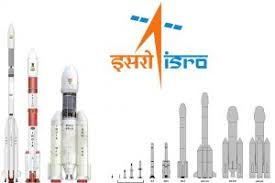ISRO Chief K Sivan to be Conferred with 2020 Von Karman Award By IAA

- ISRO Chief Dr Kailasavadivoo Sivan has been named as the winner of the 2020 Von Karman Award by the Paris-based International Academy of Astronautics (IAA).
- The award will be conferred upon K Sivan in March 2021 in Paris.
- Prior to K Sivan, only two Indians have been the recipients of this award. They were Krishnaswamy Kasturirangan and U.R. Rao.
ISRO prepares to launch brazil’s amazonia-1 satellite aboard PSLV in august this year

- The Indian Space Research Organisation (ISRO) is planning to lift off Brazil’s Amazonia-1 satellite next month onboard the Polar Satellite Launch Vehicle (PSLV).
- The Amazonia-1 satellite which PSLV will launch will help in monitoring and observing the deforestation of the Amazon region.
- The Brazilian satellite has been locally designed and tested in Brazil. It will be the first satellite for Earth observation.
- The Amazonia-1 launch is among the 36 space and satellite missions ISRO has planned over the next two years
ISRO leads startups to build local tech for Gaganyaan mission

- India’s space agency Indian Space Research Organisation (ISRO) has conducted the startups to prepare tools and machines for its maiden human space flight Gaganyaan-1 mission.
India decides to launch Chandrayaan-3 by first half of 2021

According to the Minister of State in the Prime Minister’s Office, Jitendra Singh, a possible schedule for the launch of Chandrayaan-3 is decided to be implemented in the first half of 2021. The preparation of Chandrayaan-3 has been done by taking lessons from the previously launched Chandrayaan-2, a Moon mission which was launched in 2019, in which the Indian Space and Research Organisation (ISRO)’s Vikram Lander lost contact following a hard landing on the Moon’s surface. Chandrayaan-3 will be designed to uplift design, capacity with a cost of around Rs 610 crore, including Rs 360 crore for the launch rocket.
Xiaomi to bring ISRO’s NavIC technology to smartphones in 2020

Chinese tech major Xiaomi will bring ISRO’s Indian Regional Navigation Satellite System, NavIC technology to its smartphones. The capability has been presently enabled by Qualcomm Technologies Inc on several of their Qualcomm Snapdragon Mobile Platforms and will be made accessible across multiple Xiaomi smartphones in India.
ISRO to launch Geo Imaging Satellite “GISAT-1”

The Indian Space Research Organisation will launch the Geo Imaging Satellite “GISAT-1”. GISAT-1 will be taken off by Geosynchronous Satellite Launch Vehicle (GSLV-F10) from the Second Launch Pad of Satish Dhawan Space Centre (SDSC) SHAR, Sriharikota.
ISRO launches 10 Earth Observation Satellites in 2020-21

The Indian Space Research Organisation has declared that it will launch 10 Earth Observation Satellites in 2020-21. The 10 earth observation (EO) satellites will include categories such as the first Geo Imaging Satellite, GISAT-1 along with three communication satellites and two navigation satellites.
ISRO: G Narayanan to head space PSU NSIL

Veteran space scientist G Narayanan has been appointed the chairman of Indian Space Research Organisation’s newly formed commercial entity New Space India Ltd (NSIL).
ISRO declared it is preparing low-cost satellite launch vehicles

Indian Space Research Organisation (ISRO) has declared that it is making low-cost satellite launch vehicles costing approx 30-35 crores rupees each, which can put into orbit satellites weighing 500 kgs.
